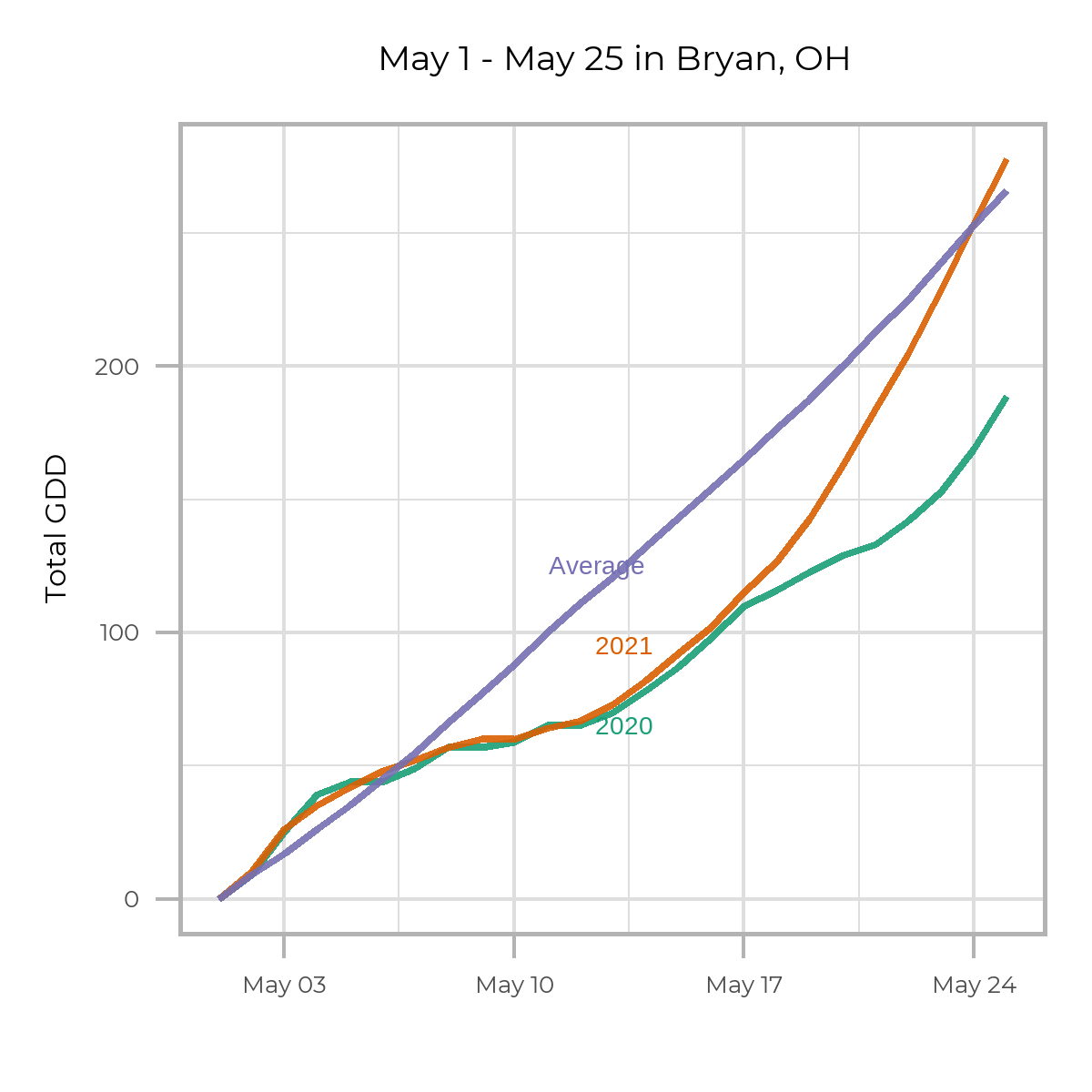By: Alexander Lindsey
As the weather has turned warm this past week, many of our fields planted in April/early May should be emerged or be in the process of emerging. Cool temperatures paired with rain over the last few weeks may have resulted in seeds sitting in the ground longer than expected, or some fields experiencing imbibitional chilling or surface crusting as the soil dried. These conditions could result in stand reductions by preventing seeds from successfully germinating and emerging (Fig. 1). Concerns about stand have been raised with these earlier planted fields and this article discusses some considerations when making the replant decisions. Continue reading







